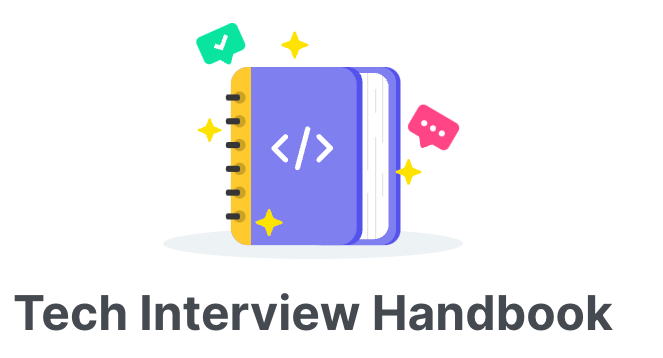Cracking Your Next Tech Interview at Big Tech
Playbook for Succeeding in Tech Interviews at Top Tech Companies. Ready for the Fast Track?
You’ve probably heard the stories. A friend of a friend prepped for months and landed a job at Google. Another buddy went through five rounds at Amazon and got an offer. And here you are, staring at your screen, wondering, Where do I even start?
I’ve been there. We all have. And if you’re serious about breaking into a top tech company, I want to help you get there with a playbook that actually works.
One note to remember: Big Tech isn’t just Google, Meta, Amazon, and Apple. It generally includes publicly traded, large tech companies like Uber, Snap, Pinterest, Delivery Hero, etc.
So, this playbook applies broadly to global tech companies. Ready? Let’s go!
The Coding Rounds: No Shortcuts, Just Practice
Let’s be real—there’s no magic formula here. The only way to get better at coding interviews is to practice, practice, and then practice some more. LeetCode is your best friend.
But here’s the trick: don’t just solve random problems. Structure your prep. Spend a week diving deep into binary search. Then move on to sliding window. Follow up with dynamic programming. Build muscle memory with patterns, and soon, problems will start to feel familiar instead of terrifying.
Trust me, the difference between someone who solves 300 random problems and someone who methodically masters core patterns? Huge.
System Design: The Make-or-Break Round
If you’re aiming for senior roles, system design is where many candidates stumble. Don’t let that be you.
Here’s the game plan:
Read System Design Interview – Volume 1 & 2 by Alex Xu. They break down complex concepts into digestible insights.
Optionally, check out Designing Data-Intensive Applications by Martin Kleppmann if you want an even deeper dive.
Memorize the key numbers every programmer should know—things like memory access latencies, network transmission speeds, and disk seeks. These numbers help you make informed trade-offs in design discussions. You can check out this resource for such numbers. I primarily refer to that one.
Acing system design isn’t about memorizing diagrams—it’s about thinking in trade-offs, constraints, and scalability. Approach it like a real-world discussion, not a scripted answer.
The Behavioral Interview: Don’t Wing It
You might be tempted to overlook this, thinking, I’ll just be myself. Big mistake. Companies like Google, Meta, and Amazon have structured behavioral interviews, and they expect structured answers.
Best resource? The Tech Interview Handbook.
But don’t just read it—practice. Open ChatGPT and simulate an interview. Take a question like “Tell me about a time you handled a conflict in a team.” Answer it. Then ask ChatGPT to critique your response. Iterate until your answers flow naturally.
The goal? Sound polished but not robotic. Authentic but well-prepared.
Final Thoughts: The Secret Sauce? Relentless Consistency
Tech interviews are daunting, but they’re not impossible. The people who succeed aren’t necessarily the smartest—they’re the ones who prepare with intention and consistency.
Code daily, following a structured plan.
Study system design strategically.
Rehearse behavioral questions until they feel natural.
And most importantly—stick with it. You’ve got this.
Until next time,
Adlet
🎉 Nearly 900 Readers soon! Thank You for Your Support!
You’re the real MVPs!
Loved this post? 💙 Hit that like button—it means the world to me and helps me grow.
Know someone who’d find this helpful? ♻️ Share it with them! Let's spread the knowledge and keep inspiring each other.
Stay awesome!







Appreciate you calling out the underinvestment in behavioral prep!
Adlet, you write really well! Keep up the great work, looking forward to your next post.